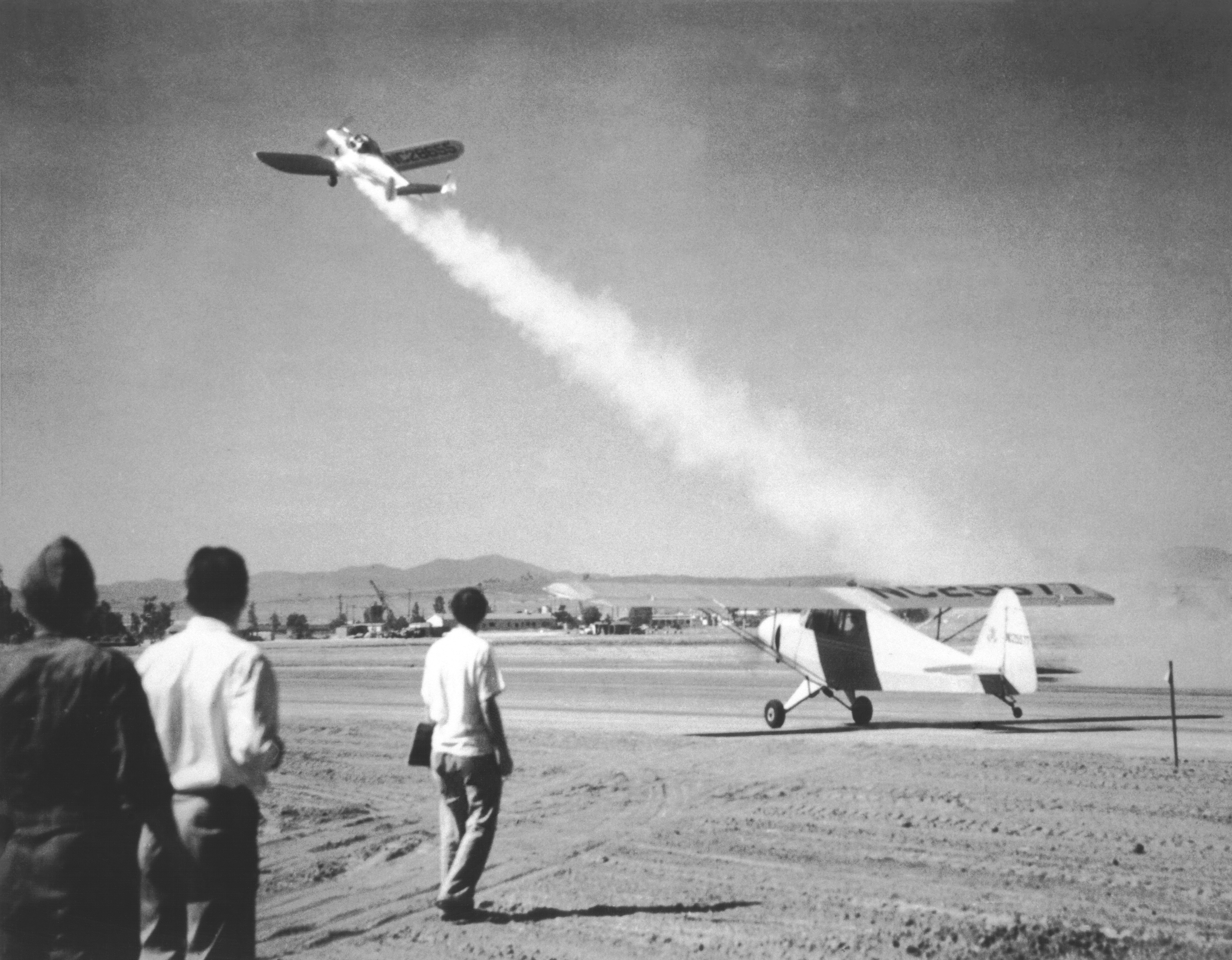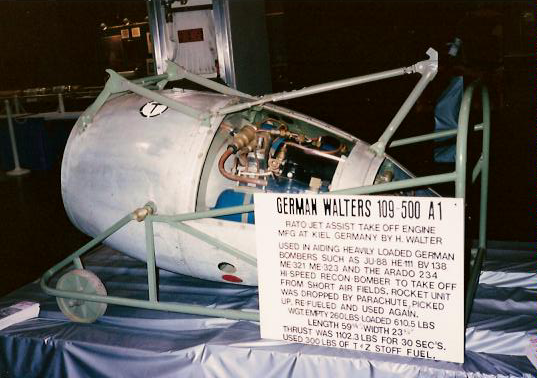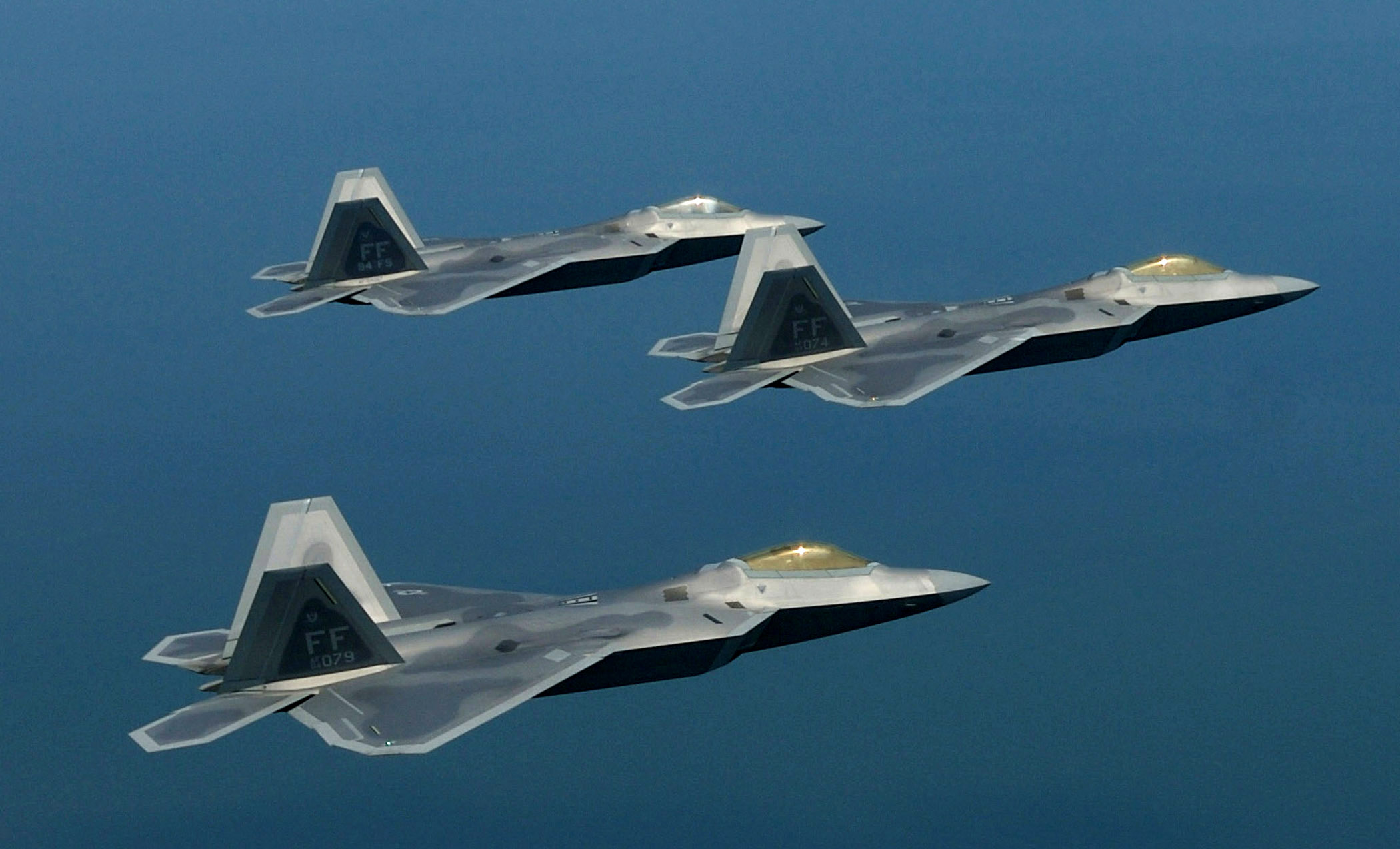|
JATO
JATO (acronym for jet-assisted take-off) is a type of assisted take-off for helping overloaded aircraft into the air by providing additional thrust in the form of small rockets. The term ''JATO'' is used interchangeably with the (more specific) term RATO, for ''rocket-assisted take-off'' (or, in Royal Air Force, RAF parlance, RATOG, for ''rocket-assisted take-off gear''). Early experiments and World War II In 1927 the Soviet research and development laboratory Gas Dynamics Laboratory developed solid-propellant rockets to assist aircraft take-off and in 1931 the world's first successful use of rockets to assist take-off of aircraft were carried out on a :ru:У-1, U-1, the Soviet Union military aircraft designation systems, Soviet designation for a Avro 504 trainer, which achieved about one hundred successful assisted takeoffs. Successful assisted takeoffs were also achieved on the Tupolev TB-1. and Tupolev TB-3 Heavy Bombers. The official test of the Tupolev TB-1 in 1933 shorten ... [...More Info...] [...Related Items...] OR: [Wikipedia] [Google] [Baidu] |
Assisted Take-off
In aviation, assisted takeoff is any system for helping aircraft to get into the air (as opposed to strictly under its own power). The reason it might be needed is due to the aircraft's weight exceeding the normal maximum takeoff weight, insufficient power, insufficient available runway length, or a combination of all three factors. Assisted takeoff is also required for gliders, which do not have an engine and are unable to take off by themselves. Catapults (CATO) A well-known type of assisted takeoff is an aircraft catapult. In modern systems fitted on aircraft carriers, a piston, known as a ''shuttle'', is propelled down a long cylinder under steam pressure. The aircraft is attached to the shuttle using a tow bar or launch bar mounted to the nose landing gear (an older system used a steel cable called a catapult bridle; the forward ramps on older carrier bows were used to catch these cables), and is flung off the deck at about 15 knots above minimum flying speed, achieved ... [...More Info...] [...Related Items...] OR: [Wikipedia] [Google] [Baidu] |
Rocket
A rocket (from it, rocchetto, , bobbin/spool) is a vehicle that uses jet propulsion to accelerate without using the surrounding air. A rocket engine produces thrust by reaction to exhaust expelled at high speed. Rocket engines work entirely from propellant carried within the vehicle; therefore a rocket can fly in the vacuum of space. Rockets work more efficiently in a vacuum and incur a loss of thrust due to the opposing pressure of the atmosphere. Multistage rockets are capable of attaining escape velocity from Earth and therefore can achieve unlimited maximum altitude. Compared with airbreathing engines, rockets are lightweight and powerful and capable of generating large accelerations. To control their flight, rockets rely on momentum, airfoils, auxiliary reaction engines, gimballed thrust, momentum wheels, deflection of the exhaust stream, propellant flow, spin, or gravity. Rockets for military and recreational uses date back to at least 13th-century China. Signific ... [...More Info...] [...Related Items...] OR: [Wikipedia] [Google] [Baidu] |
Walter HWK 109-500
The Walter HWK 109-500 was a liquid-fuelled rocket engine developed by Walter in Germany during the Second World War. Description The 109-500 is a self-contained, modular monopropellant ''Starthilfe'' (take-off assist) engine in a pod, able to produce thrust for thirty seconds. After the fuel was expended, the pod was jettisoned and it returned to earth by parachute, with the parachute packed externally, onto the blunt forward end of the pod. The T-Stoff monopropellant, stored in the large spherical tank within the ''Starthilfe'' module's forward end, needed to react with a catalyst to provide the boosting thrust for an aircraft on takeoff - this Z-Stoff sodium or calcium-based, alkaline permanganate-compound (in an aqueous solution) catalyst was provided in a small tank above the reaction chamber just forward of the exhaust nozzle, with compressed air from a network of five pressure tanks driving the monopropellant and catalyst together through the reaction chamber, which ... [...More Info...] [...Related Items...] OR: [Wikipedia] [Google] [Baidu] |
List Of Aircraft Engines Of Germany During World War II
This is a list of all German motors including all aircraft engines, rocket motors, jets and any other powerplants, along with a very basic description. It includes experimental engines as well as those that made it to production status. The Reich Air Ministry used an internal designation system that included a prefix number signifying the engine type, 9 for piston engines and 109 for jets and rockets, followed by a manufacturer's code, followed by an engine series number. Unlike the 9-prefixed piston engine designations, the 109-series of reaction-thrust, turbojet, turboprop and rocket engine designation numbers' three-place numerical suffixes had no "firm adherence" to any one manufacturer. * 090–099 – various minor manufacturers * 1 – Bayerische Motorenwerke GmbH (BMW); later changed to 800 block * 2 – Junkers Flugzeug- und Motorenwerke A.G. * 3 – BMW-Flugmotorenwerke Brandenburg GmbH (BMW-Bramo) * 4 – Argus Motoren GmbH * 5 – Heinkel Hirth Motoren GmbH * 6 � ... [...More Info...] [...Related Items...] OR: [Wikipedia] [Google] [Baidu] |
Gas Dynamics Laboratory
Gas Dynamics Laboratory (GDL) (russian: Газодинамическая лаборатория) was the first Soviet research and development laboratory to focus on rocket technology. Its activities were initially devoted to the development of solid propellant rockets, which became the prototypes of missiles in the Katyusha rocket launcher, as well as liquid propellant rockets, which became the prototypes of Soviet rockets and spacecraft. At the end of 1933 it became part of the Reactive Scientific Research Institute (RNII). A number of craters on the far side of the Moon are named after GDL employees. History of the organization * First rocket research and development organization in the USSR.heading=Gas-Dynamic Laboratory * Created on 1 March 1921 in Moscow as the "Laboratory for the development of inventions by N. I. Tikhomirov" as part of the Main Artillery Directorate of the Red Army. * In 1928 the laboratory was relocated to Leningrad. * In July 1928, was renam ... [...More Info...] [...Related Items...] OR: [Wikipedia] [Google] [Baidu] |
Solid-propellant Rocket
A solid-propellant rocket or solid rocket is a rocket with a rocket engine that uses Rocket propellant#Solid chemical propellants, solid propellants (fuel/oxidizer). The earliest rockets were solid-fuel rockets powered by gunpowder; they were used in warfare by the Mamluk Sultanate, Arabs, Dynasties in Chinese history, Chinese, Ilkhanate, Persians, Mongol Empire, Mongols, and Delhi Sultanate, Indians as early as the 13th century. All rockets used some form of solid or powdered propellant up until the 20th century, when liquid-propellant rockets offered more efficient and controllable alternatives. Solid rockets are still used today in military armaments worldwide, model rockets, solid rocket boosters and on larger applications for their simplicity and reliability. Since solid-fuel rockets can remain in storage for an extended period without much propellant degradation and because they almost always launch reliably, they have been frequently used in military applications such as ... [...More Info...] [...Related Items...] OR: [Wikipedia] [Google] [Baidu] |
Hellmuth Walter Kommanditgesellschaft
Hellmuth Walter Kommanditgesellschaft (HWK), Helmuth Walter Werke (HWM), or commonly known as the Walter-Werke, was a German company founded by Professor Hellmuth Walter to pursue his interest in engines using hydrogen peroxide as a fuel. Having experimented with torpedoes and submarines, Walter began to design rocket engines for aircraft and founded the HWK in Kiel in 1935. During World War II the HWK developed and built a variety of rocket engines for assisted take-off (RATO), and guided missiles, before developing main propulsion engines for rocket-powered interceptor aircraft, notably the Messerschmitt Me 163 ''Komet'' and the Bachem Ba 349 ''Natter''. HWM designed the steam catapult that launched the V-1 flying bomb. The steam was generated through the combination of T-Stoff and Z-Stoff. The company was wound up in 1945 and Walter subsequently continued his work in the United States. See also * C-Stoff – another chemical fuel developed by HWK * Walter HWK 109-500 – RA ... [...More Info...] [...Related Items...] OR: [Wikipedia] [Google] [Baidu] |
Messerschmitt Me 321
The Messerschmitt Me 321 ''Gigant'' was a large German cargo glider developed and used during World War II. Intended to support large scale invasions, the Me 321 saw very limited use due to the low availability of suitable tug aircraft, high vulnerability whilst in flight and the difficult ground handling, both at base and at destination landing sites. The Me 321 was developed, in stages, into the six-engined Messerschmitt Me 323 ''Gigant'', which removed some of the problems with ground handling, but vulnerability to ground fire and aerial attack remained a constant problem during operations of all variants. Development During the preparations for a possible invasion of Britain during World War II (Operation Sea Lion) it became obvious to the ''Luftwaffe''s Transport Command that there was a need for a larger capacity cargo- and troop-carrying aircraft than its mainstay, the Junkers Ju 52. When the plans for Operation Sea Lion were shelved in December 1940, and planning began f ... [...More Info...] [...Related Items...] OR: [Wikipedia] [Google] [Baidu] |
Arado 234B 1
Arado may refer to: * Arado Flugzeugwerke, a German aircraft company * Arwad Arwad, the classical Aradus ( ar, أرواد), is a town in Syria on an eponymous island in the Mediterranean Sea. It is the administrative center of the Arwad Subdistrict (''nahiyah''), of which it is the only locality. [...More Info...] [...Related Items...] OR: [Wikipedia] [Google] [Baidu] |
Ar 234 B-2 RATO And Engine
AR, Ar, or A&R may refer to: Arts, entertainment, and media Music * Artists and repertoire Periodicals * ''Absolute Return + Alpha'', a hedge fund publication *''The Adelaide Review'', an Australian arts magazine * ''American Renaissance'' (magazine), a white nationalist magazine and website * ''Architectural Review'', a British architectural journal * '' Armeerundschau'', a magazine of the East German army Other media * Ar, city on the fictional planet Gor * ''a.r.'' group of Polish artists and poets, including Katarzyna Kobro * Alternate reality (other), various fictional concepts Business * Accounts receivable, abbreviated as AR or A/R * Acoustic Research, an American audio electronics manufacturer * Aerojet Rocketdyne, an American aerospace and defense manufacturer * Aerolíneas Argentinas (IATA airline code AR) * Some Alfa Romeo car models, e.g. AR51 * Toyota AR engine Language * ''Ar'', the Latin letter R when spelled out * Ar (cuneiform), a cuneiform combin ... [...More Info...] [...Related Items...] OR: [Wikipedia] [Google] [Baidu] |
Walters 500
{{disambiguation, geo ...
Walters may refer to: Places United States * Walters, Minnesota, a city * Walters, Oklahoma, a city * Walters, Virginia, an unincorporated community Other uses * Walters (surname) * Walters (character), a character on ''Tale Spin'' *The Walters, an alternative rock band from Chicago, Illinois * Walters Art Museum, often referred to as, "The Walters;" a major art museum in Baltimore See also * Walter (other) * Justice Walters (other) * Walter's Hot Dog Stand Walter's Hot Dog Stand is a National Register of Historic Places designated landmark located in Mamaroneck in Westchester County, New York. History Walter's is a family business founded in 1919 by Walter Warrington in Mamaroneck, NY. His first ... [...More Info...] [...Related Items...] OR: [Wikipedia] [Google] [Baidu] |
Vic Formation
The Vic formation is a formation devised for military aircraft and first used during the First World War. It has three or sometimes more aircraft fly in close formation with the leader at the apex and the rest of the flight ''Echelon formation, en echelon'' to the left and the right, the whole resembling the letter "V". The formation's name is derived from the term that was then used for "V" in the RAF phonetic alphabet. The formation is still in use but has been superseded or replaced in some circumstances. History At the start of the First World War, little thought had been given to the most efficient formations to use for military aircraft. Groups of fliers, drawn from the various nations' army or navy, would fly in columns, or line, ahead as if they were troops of cavalry or flotillas of ships. That was soon found to be inefficient for several reasons. Firstly, the leaders and their squadrons could not communicate with each other except for the vague instruction to follow t ... [...More Info...] [...Related Items...] OR: [Wikipedia] [Google] [Baidu] |





